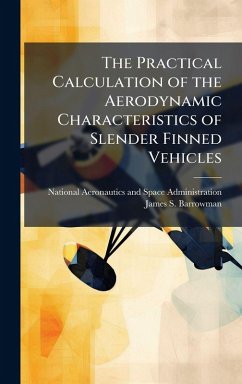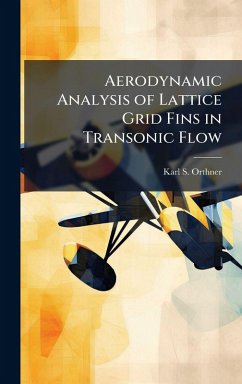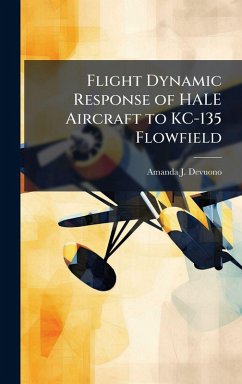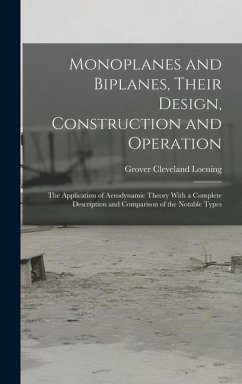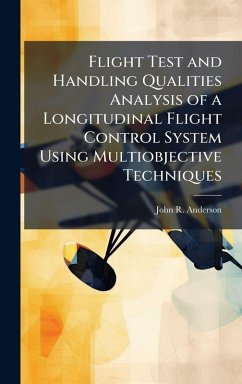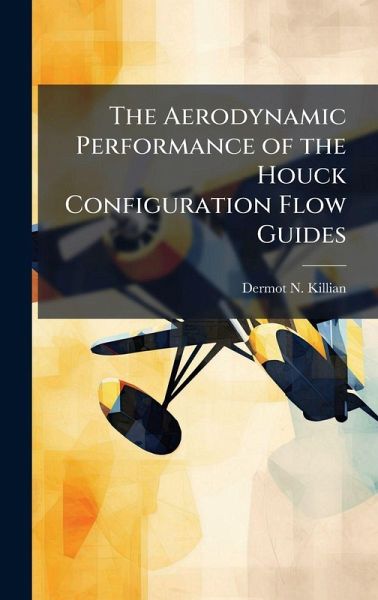
The Aerodynamic Performance of the Houck Configuration Flow Guides
Versandkostenfrei!
Versandfertig in über 4 Wochen
30,99 €
inkl. MwSt.
Weitere Ausgaben:

PAYBACK Punkte
15 °P sammeln!
In an effort to explore efficient wing designs for UAV's, the Air Force is investigating the patented Houck Aircraft Configuration, which is a joined-wing aircraft with curved flow guides of varying camber connecting the upper and lower wingtips. Models were drawn in three-dimensions using Solidworks with upper and lower wings drawn as identical NACA 2412 airfoil sections for all models. A variety of airfoil sections between the upper and lower wingtips were drawn and rotated to achieve a combination of cant and angle of attack variation. Subsequently, a solid part was lofted through these sec...
In an effort to explore efficient wing designs for UAV's, the Air Force is investigating the patented Houck Aircraft Configuration, which is a joined-wing aircraft with curved flow guides of varying camber connecting the upper and lower wingtips. Models were drawn in three-dimensions using Solidworks with upper and lower wings drawn as identical NACA 2412 airfoil sections for all models. A variety of airfoil sections between the upper and lower wingtips were drawn and rotated to achieve a combination of cant and angle of attack variation. Subsequently, a solid part was lofted through these sections and merged with the upper and lower wings. Each model was built by a rapid prototype machine. A six-component balance in the AFIT low-speed wind tunnel provided measurements yielding the aerodynamic data of each model. Comparisons are made to the same basic planform area without flow guides and to a case where the wingtips are joined with a flat plate. At a Reynolds number of 38K, the increase in skin friction drag outweighed any possible reduction of induced drag. However for Reynolds numbers in the 57K to 120K range, improvements in L/Dmax of about 2-5% over the no flow guide case were measured. This work has been selected by scholars as being culturally important, and is part of the knowledge base of civilization as we know it. This work was reproduced from the original artifact, and remains as true to the original work as possible. Therefore, you will see the original copyright references, library stamps (as most of these works have been housed in our most important libraries around the world), and other notations in the work. This work is in the public domain in the United States of America, and possibly other nations. Within the United States, you may freely copy and distribute this work, as no entity (individual or corporate) has a copyright on the body of the work. As a reproduction of a historical artifact, this work may contain missing or blurred pages, poor pictures, errant marks, etc. Scholars believe, and we concur, that this work is important enough to be preserved, reproduced, and made generally available to the public. We appreciate your support of the preservation process, and thank you for being an important part of keeping this knowledge alive and relevant.



